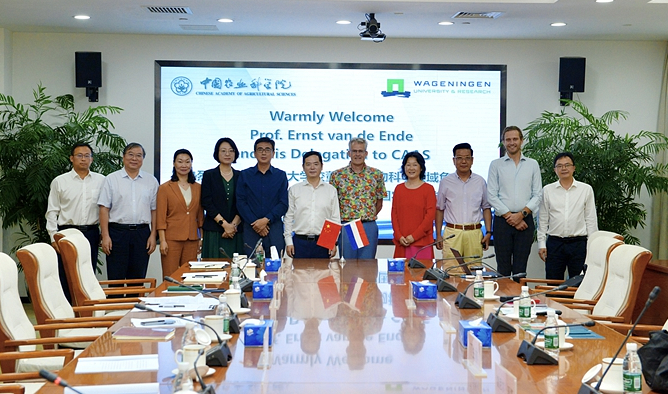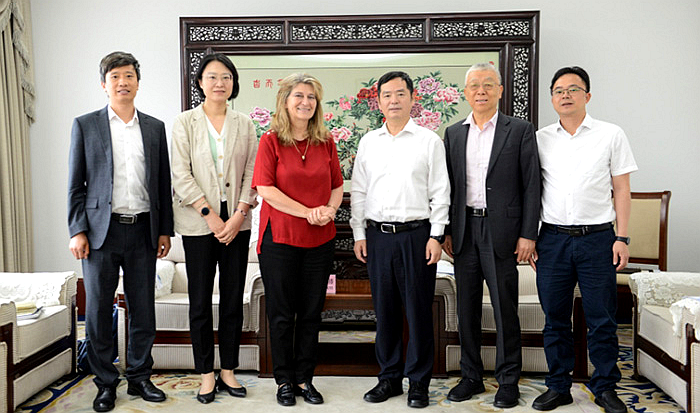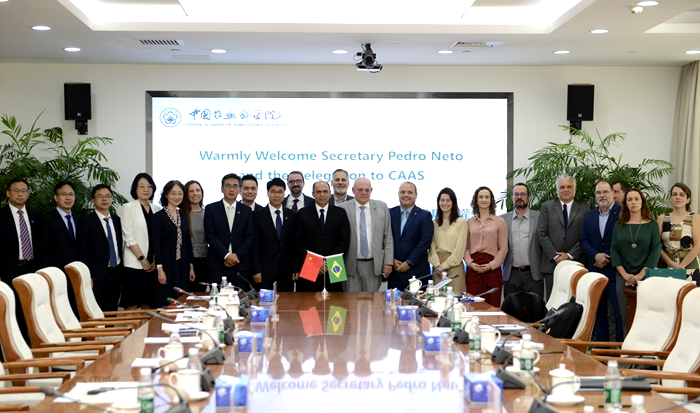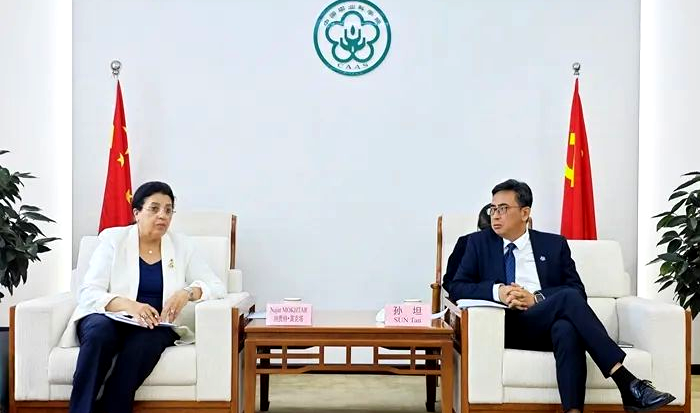Sediment Dredging Significantly Enhances the Carbon Sequestration Potential of River Water Bodies
Recently, the Agricultural Clean Watershed Innovation Team at the Institute of Environment and Sustainable Development in Agriculture, CAAS, revealed the key mechanism by which sediment dredging affects the carbon cycle in aquatic ecosystems, and found that dredging not only improves water quality but also significantly enhances the carbon sequestration potential of river ecosystems, providing new scientific evidence for global climate action. The related findings have been published in Environmental Science & Technology.

Traditional views hold that sediment dredging promotes organic carbon mineralization through sediment resuspension, thereby increasing carbon dioxide emissions. However, new evidence suggests that dredging may enhance the carbon sequestration potential of river water bodies by facilitating microbial selective adsorption and phytoplankton recovery. Although dredging is widely used to improve river water quality, its net impact on the carbon sink function of aquatic systems remains unclear.
The study revealed that the impact of dredging on riverine CO2 fluxes exhibits significant spatio-temporal dynamics. In the short term, sediment disturbance caused by dredging leads to fluctuations in CO2 emissions. However, as the ecosystem gradually recovers, the restructuring of phytoplankton communities and the optimization of microbial functions drive a significant enhancement in the carbon sequestration potential of water bodies. Three years after dredging, the river's carbon sequestration potential significantly exceeds the pre-dredging level. Dredging induced a shift in microbial community composition shifted from Cyanobacteria to Gammaproteobacteria and Flavobacteria dominance. This transition was accompanied by enhanced gene expression of enzymes (fbaA, tktA/B, and metF) involved in the Calvin cycle and Wood-Ljungdahl pathway, enabling microbes to develop energy-conserving strategies under oligotrophic conditions, thus improving energy utilization efficiency and increasing the carbon sequestration potential of water bodies. This study elaborated the intrinsic mechanism through which sediment dredging regulates the carbon cycle in aquatic ecosystems by analyzing the quantitative coupling relationships among the evolution of microbial community structure, the optimization of carbon sequestration metabolic pathways, and the dynamics of carbon fluxes. The related findings provide new insights for achieving pollution reduction and carbon mitigation goals at the watershed scale.
This study was supported by the National Natural Science Foundation of China.
Linkage: https://doi.org/10.1021/acs.est.5c05177
-
 Jul 09, 2025CAAS President meets with WUR Executive Board Member
Jul 09, 2025CAAS President meets with WUR Executive Board Member -
 Jul 09, 2025CAAS President Meets with AAS President
Jul 09, 2025CAAS President Meets with AAS President -
 Jul 09, 2025Secretary of the Leadership Party Group of CAAS Meets with Secretary of the Brazilian Ministry of Agriculture and Livestock
Jul 09, 2025Secretary of the Leadership Party Group of CAAS Meets with Secretary of the Brazilian Ministry of Agriculture and Livestock -
 Jul 09, 2025CAAS Deepens Scientific Cooperation with IAEA
Jul 09, 2025CAAS Deepens Scientific Cooperation with IAEA -
Jul 09, 2025CAAS Deepens Agricultural Science and Technology Cooperation with Eastern European Countries
